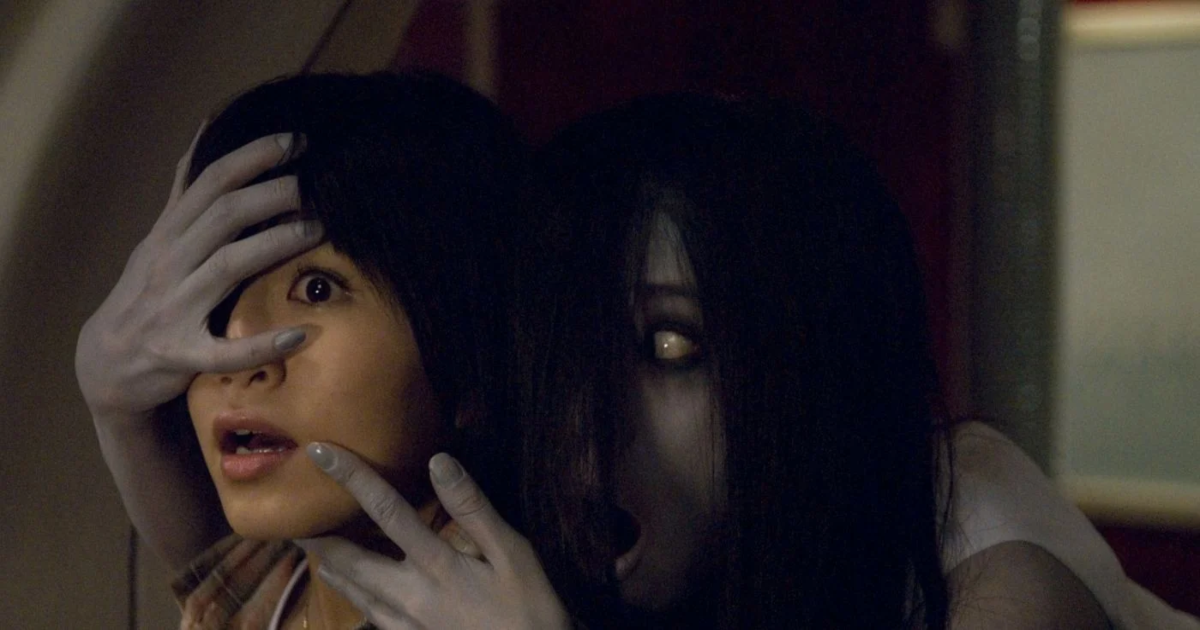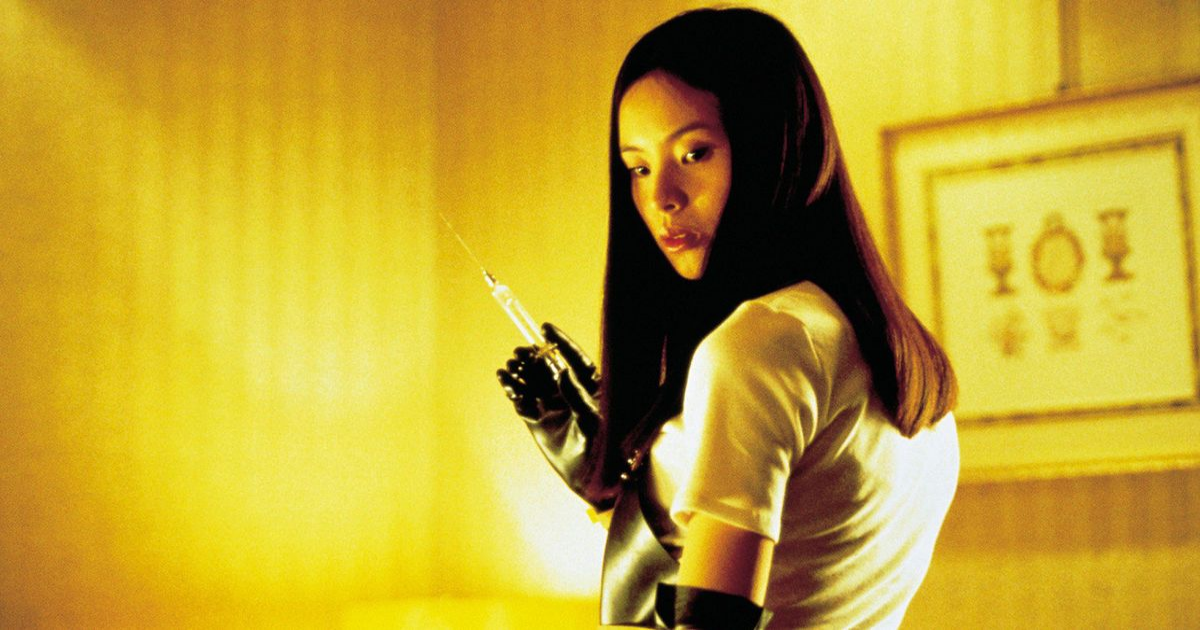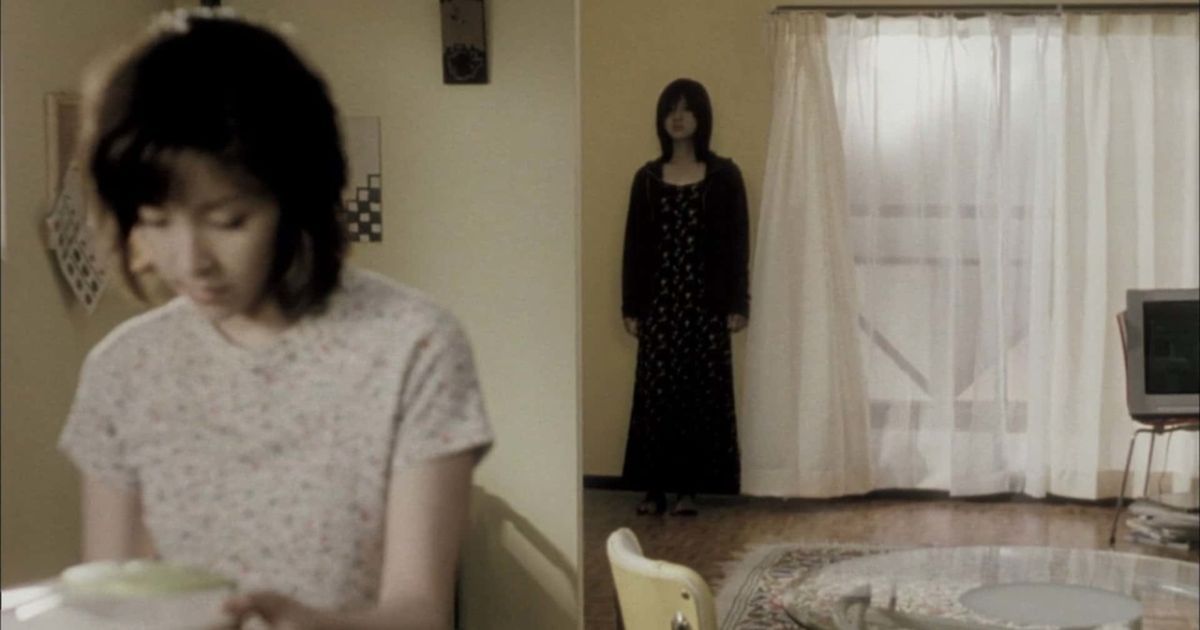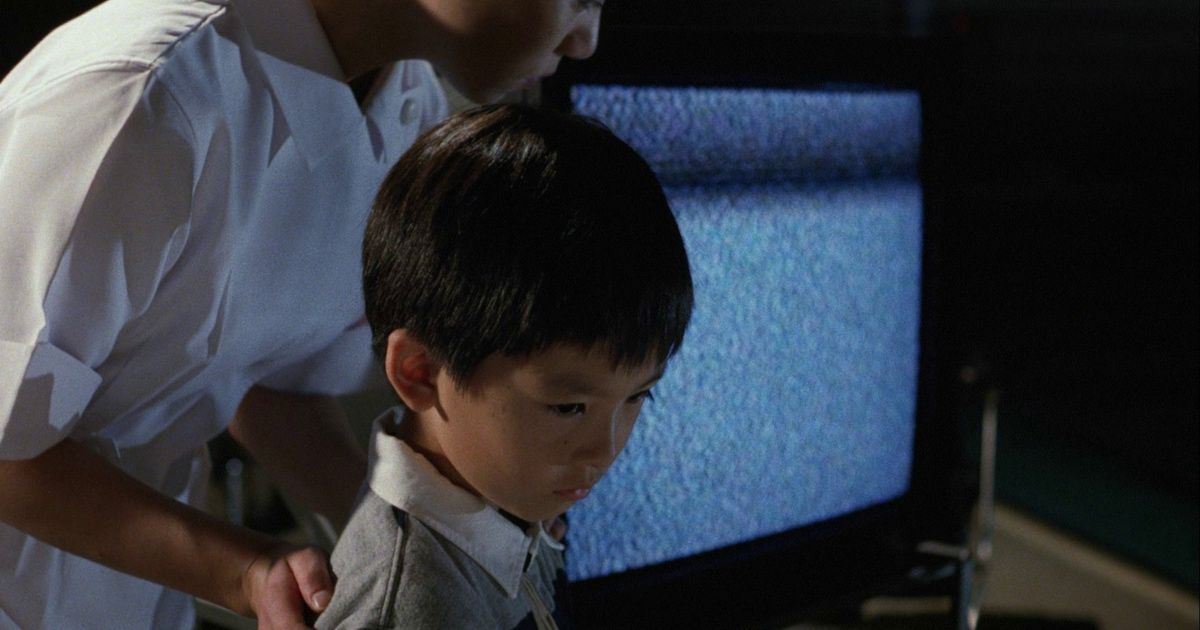Summary
- The boom of Japanese horror movies in the 2000s was driven by a unique blending of traditional horror stories with the innovative scope of technology.
- Japanese horror films from the 2000s effectively addressed existential dread and societal anxiety while delivering disturbing horror stories, making them stand out narratively.
- Japanese horror movies were differentiated from their American counterparts by their preference for ghost stories tied to a cursed place or object, as well as their patient pacing and focus on chilling build-up rather than quick jump scares.
The wave of Japanese horror movies during the 2000s got plenty of people interested in international cinema and influenced a boom of American remakes, yet these successful productions seem to have drastically diminished with the years. Classic movies such as Ringu and Kiyoshi Kurosawa's Cure were arguably the catalysts for a promising decade of supernatural horror that also reflected on relevant matters such as the advent of technology in everyday life and the loss of tradition.
This promising boom of scary Japanese movies brought many talented filmmakers to the spotlight and offered an alternative to a medium controlled mostly by American productions. Back in the 2000s, the film industry was going through massive changes that encompassed the transition from VHS to DVD, digital media, and the internet, making it a lot easier to share and discuss movies. Similarly, the 2020s represent yet another crucial moment of transition, and it's about time to bring 2000s Japanese horror back.
What Happened to Japanese Horror & Why It's the Perfect Time to Bring It Back
Japanese productions, such as the anime series Serial Experiments Lain, Ringu, and Cure, already seemed to indicate a strong preoccupation with the relationship between humanity and technology, even though they came out in the late-90s when computers, cellphones, and CDs were just starting to become core elements of the daily life. For the Japanese, a handful of worries came with the turn of the millennium, and these concerns were translated into chilling horror stories. For example, the 2001 movie Kairo is a masterpiece of a ghost story that flirts with sci-fi; in the film, the souls of the dead take advantage of the internet to infiltrate the world of the living. In Takashi Miike's One Missed Call, cell phones are the vehicles of mysterious death omens.
In sum, the boom of Japanese horror movies in the 2000s is directly linked to the technological boom that swept Japan during this period. By blending traditional horror stories into the innovative scope that technology brings, Japanese cinema found a distinctive creative style that was ahead of its time. It comes as no surprise that most of these ghost stories connected to technology were turned into American remakes since the United States too was experiencing a similar technological boom.
When people stopped fearing these changes to instead implement them in their daily lives, horror as a mechanism of such criticism quickly wore out, and these types of Japanese movies disappeared. However, the same concerns from the early-2000s are returning two decades later. As the world enters a stage of over-facilitation of things, technology is insistently trying to take over every aspect of human life. People can't seem to come to an agreement about whether this overdependence on technology is healthy or not; some say it's solving problems, and others claim it's creating problems. In this scenario, A.I. becomes increasingly advanced and finally begins to become part of everyone's routine, for better or for worse.
It's time for Japanese horror to seek out the visibility it had in the 2000s and address these topics with the same elegance as before. While Japanese classics have a special appeal for ghost stories and cursed objects, it's really the way they address existential dread and societal anxiety that stands out narratively; the absolute terror of having to deal with the unknown only feels authentic when it disrupts the reality one's familiar with, and just like these movies effectively exposed relevant issues while delivering disturbing horror stories in the past, many more mysteries are haunting the present.
Why Japanese Horror Is So Unique
While the horror genre on a broad scale encapsulates a range of categories such as vampires, demons, slasher, and so on, Japanese horror from the 2000s was much more limited to ghost stories, often tied to a cursed place/object or a violent past. This preference doesn't come at random, as it reflects decades of folk tales that traditionally follow ghost stories known as Kaidan; a combination of elements related to the unknown and the need to pass on stories to the generation to come, often with women in the center of a tragedy, getting back on humanity through a curse. Kaidan is in fact a Japanese word, with "kai" meaning "strange" or "mysterious", and "dan" referring to "recited narrative."
It's in recurring elements such as the black-haired phantom of a woman wearing a white dress that Japanese horror penetrates deeply into the worldwide notion of "horror." For the wide audience, the fear factor that the image of this phantom induces is enough, but for the Japanese audience, it's linked to an ancient part of their culture; the white dress represents the purity corrupted by violence and revenge, for example. The symbolic imagery of Japanese horror helped establish a unique atmosphere of dread and mystery.
Beyond the creepy imagery of Japanese horror, the pacing of their movies was a huge differentiator from their American counterparts. Japanese horror's effectiveness in making the unreal look real relies on the patience of their narrative, giving time to both the characters and the audience to suspect something is about to go off, while the American remakes of Ringu or Pulse, for example, would just eagerly rush to the climax, leaning heavily on jump scares.
The Japanese Sadako is much more evidently inhuman; her movements are disturbingly slow and unpredictable, while The Ring's Samara highlights the spirit's unearthly nature with rapid flashes of her image and a weird-looking face. In sum, Japanese horror movies tend to expose less and express more, therefore putting the viewer's imagination to work. They are more interested in a chilling build-up than the moment of reveal, this way, the scene sticks with viewers for a long time.




